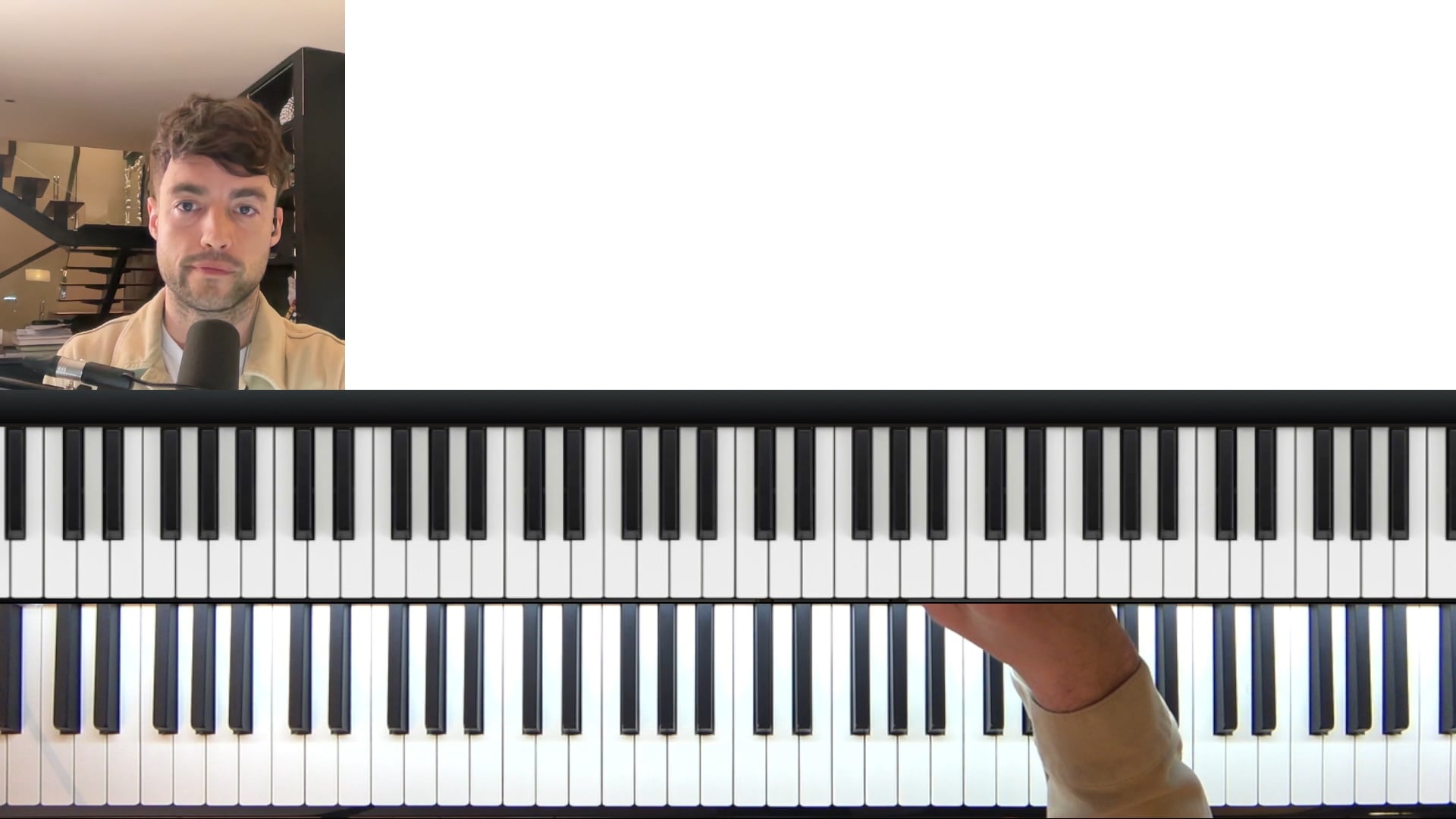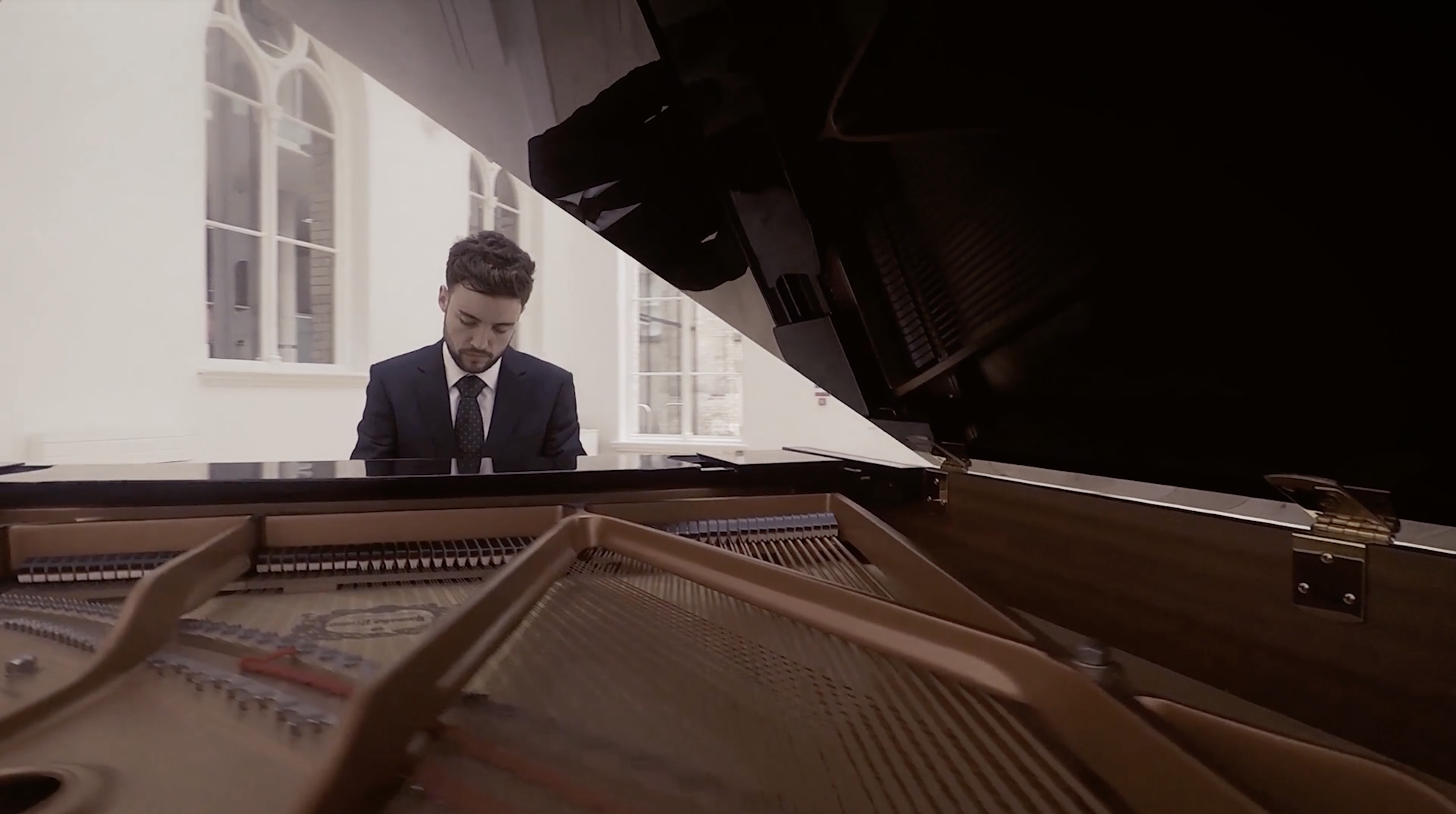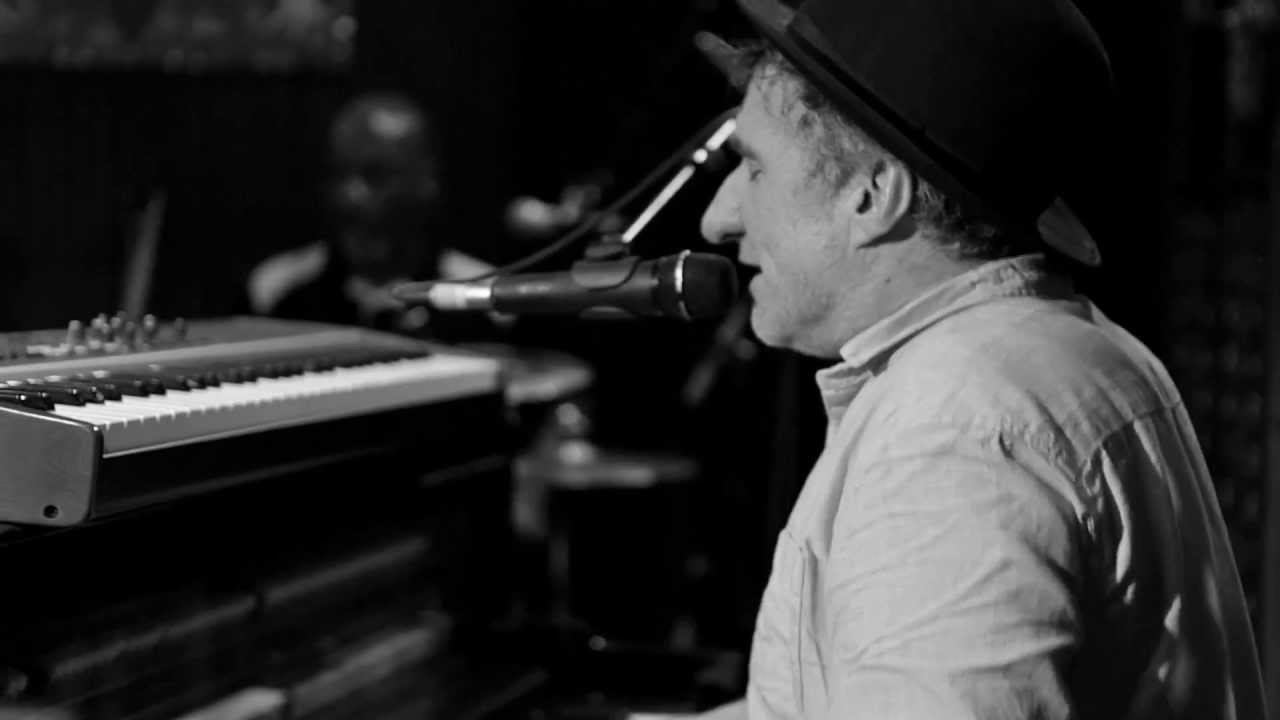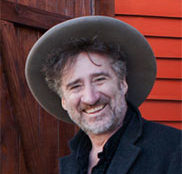
UST Runs & Fills

Hayden Hill
Hayden founded PianoGroove in 2015 with the goal of making the world a more musical place. He shares his love for jazz piano through his online courses and manages the community area of PianoGroove.
Live Seminar Resources
Live Seminar Resources
PDF Downloads
- Whole Step Practice Sequence
Join PianoGroove Pro to access all downloads and learning resources.
Download theory supplements, midi files, chord changes and full note-for-note transcriptions of every lesson.
- Tenderly - Chord Chart
Join PianoGroove Pro to access all downloads and learning resources.
Download theory supplements, midi files, chord changes and full note-for-note transcriptions of every lesson.
- Moonlight In Vermont - Chord Chart
Join PianoGroove Pro to access all downloads and learning resources.
Download theory supplements, midi files, chord changes and full note-for-note transcriptions of every lesson.
- Misty - Chord Chart
Join PianoGroove Pro to access all downloads and learning resources.
Download theory supplements, midi files, chord changes and full note-for-note transcriptions of every lesson.
- Nearness Of You - Chord Chart
Join PianoGroove Pro to access all downloads and learning resources.
Download theory supplements, midi files, chord changes and full note-for-note transcriptions of every lesson.
- UST Cheat Sheet
Join PianoGroove Pro to access all downloads and learning resources.
Download theory supplements, midi files, chord changes and full note-for-note transcriptions of every lesson.
Related Lessons
Seminar Description
Seminar Description
Upper Structure Triad Runs & Fills
Welcome to this lesson on upper structure triad runs and fills. In this session, we explore how to use upper structure triads to create smooth and expressive fills when playing jazz piano.
By the end of this lesson, you will have a series of exercises and drills to help you visualise and internalise these shapes, allowing you to apply them spontaneously while playing jazz standards.
Understanding Upper Structure Triads
Upper structure triad (UST) voicings are triads built on specific chord extensions of the dominant chord, providing a structured way to voice and access extended and altered dominant harmonies. The four most commonly used upper structure triad vocings are:
- Upper Structure 2: A major triad built on the 9th of a dominant chord (e.g., D-major triad over C7).
- Upper Structure #4: A major triad built on the #11 of a dominant chord (e.g., F#-major triad over C7).
- Upper Structure #5: A major triad built on the #5 of a dominant chord (e.g., Ab-major triad over C7).
- Upper Structure 6: A major triad built on the 13th of a dominant chord (e.g., A-major over C7).
These 4 upper structures provide distinct color and texture to dominant chords, and in this seminar we explore how to incorporate them into runs and fills.
Applying Upper Structure Triads to 2-5-1 Progressions
A great way to drill upper structure triads is using the whole-step 2-5-1 sequence. This sequence moves through different keys by transposing the standard 2-5-1 progression (ii-V-I) down in whole steps.
This exercise reinforces hand movements between minor 9 chords and dominant upper structures, helping develop fluidity in both chord voicings and melodic runs.
-
Start with a Minor 9 Chord – For example, Dm9 (D-F-A-C-E).
-
Voice Lead into an Upper Structure Triad
-
Move the inner voices up or down to form an upper structure triad over the dominant chord – For example, move from Dm9 to an A-major triad over G7 (creating a G13#11 sound).
- Resolve to a Major 7 Chord – Land smoothly on Cmaj7, completing the 2-5-1.
Practicing this in all 12 keys helps build familiarity with the UST shapes, enabling their application in real-time playing.
Using Upper Structure Triads for Fills & Runs
Beyond static voicings, upper structure triads can be used for fills and runs, enhancing movement in your playing. A common technique is arpeggiating the upper structure triad instead of simply playing it as a block chord.
For example:
- Over a G7 chord, instead of holding an A-major upper structure triad, you can run the triad up the keyboard.
- This creates a melodic fill while maintaining the harmonic colour of the chord.
Additionally, minor 11 voicings can be used as stepping stones to dominant upper structures, adding further movement and interest to your fills.
Applying These Concepts to Jazz Standards
Example: “Moonlight in Vermont”
- In the second bar, we encounter F-7 moving to Bb7.
- The melody note (G) acts as a pivot tone, allowing us to apply either:
- Upper Structure 2 (C-major triad over Bb7)
- Upper Structure 6 (G-major triad over Bb7)
- Running these triads instead of simply playing them as block chords adds movement and a fluid, sophisticated style of fill.
Example: “Misty”
- In bar six, we see a Gmin7 to C7 progression.
- Instead of static voicings, we use a minor 11 shape on Gmin7, followed by an upper structure run into C7.
- This approach bridges the gap between harmonic stability and melodic fluidity.
Practice Tips
- Master the Hand Movements – Focus on smooth transitions between minor 9 chords and upper structure triads.
- Use the Whole-Step 2-5-1 Sequence – This provides a structured way to drill upper structure applications in all keys.
- Experiment with Arpeggios – Instead of playing upper structure triads as block chords, practice running them up the keyboard.
- Apply to Real Songs – Identify static melody points in lead sheets where upper structures can be used as fills.
- Combine With Other Techniques – Try using the minor 11 voicing starting point as a lead-in to dominant upper structure runs.
Conclusion
Upper structure triads are a powerful tool for adding harmonic depth and melodic interest to your playing. By practicing the exercises in this lesson, you will develop the ability to incorporate upper structure triad runs and fills seamlessly into jazz standards.
Keep experimenting with these concepts, and most importantly, apply them to real songs to make them a natural part of your playing. Happy practicing! 🎹







Hayden, perfect stream on your end this week, and cool feature about the pause, rewind and return to the live stream capability.
Not so great on my end, had areawide power and Internet outage for hours and missed the live stream.
Found the drills very useful but as you say the end goal is to apply these voicings and shapes to jazz standards, so this was a very. very useful seminar.
Hi Humberto,
Thank you for the comment and yes I agree that the pause and rewind is a great feature in the live stream functionality. I think the new system is much better than the previous one we were using.
I’m glad that you found the drills useful and yes always remember to apply what I’m teaching to jazz standards and with time this becomes a natural part of our technique for adding fills and melodic decoration.
Talk soon, cheers,
Hayden
I could not get the stream on the day of the seminar but just viewed it now and really enjoyed it
Thanks!
Johanne
Hey Johanne,
Thanks for the feedback and I’m glad you enjoyed the seminar. The streams are always available in their archived version and each stream contains lots of information so you can review them at your own convenience.
If you have any questions about the material please don’t hesitate to post more comments here and I’ll be more than happy to assist.
Cheers,
Hayden
Great review of upper structures. I just happened to be reviewing your transcription of The Way You Look Tonight. It has a number of different turn arounds, sus chords and tri tone sustitutions in some different keys. Thanks
Hey Edwin,
Thanks for the comments and I’m glad that you enjoyed this upper structure seminar. Yes I do cover these concepts throughout the PianoGroove website. If you check out any of my jazz standard tutorials, it’s more than likely that you’ll find these techniques in action.
I use upper structure triads all the time in my playing. It’s perhaps the most common chord voicing device that I use in my arrangements to create more sophisticated and colourful voicings. It’s great that you have found some examples of sus chords and tritone substitutions in the tune “The Way You Look Tonight”.
If you have any questions, please don’t hesitate to let me know. Enjoy working on this stuff!
Talk soon,
Hayden.
Hi Hayden,
When we practice the drills, should we practice the upper structure triads in different inversions so that the same note isn’t always on the top?
Thank you,
Rachel
Hi Rachel, 👋
Great question!
I recommend first practicing the 2 different starting positions that I outline in this series of seminars.
The first starting position is the minor 9 starting position. The left hand plays root, or root and 5, and the right hand plays 3, 5, 7, and 9. In this position, the bottom three fingers in the right hand drop by a half step to get to the dominant 13b9 upper structure. Also known as “upper structure 6” (major triad built off the 6/13). This movement is the same in all 12 keys.
The second starting position is to start on a minor 11 voicing. Here, our left hand would play a minor triad from the root (1-3-5), and the right hand would play a major triad built from the 7 of the minor chord which gives us 7-9-11 in the right hand. Remember that you can use this formula to quickly find the starting position in any key. To move to the same upper structure triad (13b9), our right hand index finger would stay in the same place, and the two outer notes of the right hand triad move a half step in opposite directions.
Always try to memorize the finger movement. The way I think about these voicings is the specific voice leading formula from the 2 to the 5 in terms of which notes are moving. In the first example, the bottom three notes in my right hand drop by a half step, and in the second example, my right hand plays a triad and the two outer notes of the triad move a half step in opposite directions. Memorising these movements allows you to quickly find the voicings in any key and soon you will be relying on muscle memory to find the voicings.
The process looks like this:
I find the above two starting positions very useful, and I use them a lot when playing jazz standards.
—-
An alternate drill would be to play either of those starting positions, and then when you get to the 5 chord for the upper structure, simply invert the triad up and down the piano and then resolve into the 1 chord at any point. This will help you visualize those triad inversions over the dominant chord. We can also arpeggiate the notes of the triad as I cover in the related seminar or Upper Structure Runs & Fills – pianogroove.com/live-seminars/usts-runs-space-fillers/
—-
Finally, an equally important exercise is to apply these upper structures in the context of jazz standards. The ultimate goal is to be able to insert these voicings into our arrangements and when playing from lead sheets.
Simply playing through jazz standards and trying to find the inversions that work and support the melody is one of the best way to practice this material.
Remember that practicing these voicings in context is equally as important as drilling these voicings around all 12 keys.
I hope that helps Rachel.
Please let me know if you have any further questions and enjoy practicing this material.
Best,
Hayden
Hayden, thank you so much! Those are very clear and excellent explanations on how to practice these UST. I feel that they are really going to help me take my playing of lead sheets to the next level. My goal is mostly arranging melodies and learning all the tools for this. Fortunately, I’ve already learned rootless voicings and it looks like knowing them is helpful in the UST exercises for the right hand.
Once I’m fluent in these, I’m thinking that the next step would be to learn George Shearing block chord voicings. I want to make sure that I have all different types of fills down and inner movement down too though. I’m not sure if I have those completely down.
Does it sound like I’m on the right track or do you recommend any classes/lessons/seminars that might be the next step for me?
Thank you!
My pleasure, Rachel.
It sounds like you are very much on the right path. Learning rootless harmony is challenging and so congratulations on already getting that under your belt.
I think suspended harmony would be a nice topic for you to study next as it ties in nicely with upper structure triads. Very often when playing and arranging jazz standards I play sus voicings, in particular the sus13 voicing, and then voice lead into an upper structure triad.
Here is a short lesson as an introduction: pianogroove.com/jazz-piano-lessons/how-to-play-sus-chords/ – I touch upon combining sus chords with upper structures in 251 progressions.
and here is an excerpt from one of my seminars where we analyse sus chords in 251 progressions and the solo piano playing of Beegie Adair – pianogroove.com/jazz-piano-lessons/beegie-adair-style-sus-chords/
Check out those lessons and I can send you more recommendations on sus chords if you like this topic.
—–
I think it’s a great idea to learn George Shearing style block chords. We have many resources on that topic – mainly taught by Tuomo but also some classes taught by myself. It’s a big area of study and a wonderful sound to add to our arrangements. It’s not something I use much in my solo piano arrangements, but it’s a great technique to have at our fingertips!
Cheers,
Hayden
I just reviewed seminar on altered chord harmony by Tuomo. He used a fifth upper structure starting on the flat nine for improvisation. There also appears to be a sixth upper structure starting on sharp nine. Do you feel that the utility of these minor chords is primarily in improvisation? Thanks
Hi Edwin,
Great question!
Personally I find that the 4 upper structures that I cover in this series provide ample colours and textures for my harmonies and improvisation.
These 4 upper structures cover all possible alterations, and also the most important ‘flavours’ over dominant chords which are lydian dominant (US2 / 9-#11-13), altered (US #5 / #5-#9), dominant diminished (b9 & natural 13).
There are many possibilities for additional upper structures and so I’m not suggesting that it’s a bad idea to learn more. I just personally find these 4 USTs to be sufficient.
My suggestion would be to learn these 4 USTs thoroughly and then if you feel that your harmonies and/or improvisations are limited or if you want more options, then add some more into the mix.
I hope that helps Edwin and please let me know if you have any additional questions.
Cheers,
Hayden